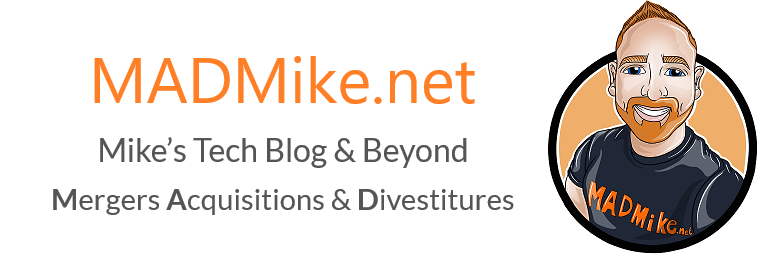For any large-scale successful corporate restructuring, such as a merger, acquisition or divestiture, it’s crucial to actively engage employees during change.
The ‘Involve’ stage is key to building confidence, ensuring a fast pace of adoption and tackling indifference. In this video, MJ and I discuss how to empower every member of your team, even those who may show signs of reluctance.
Transcript: How to involve and engage employees
Mike: In the Involve stage, we want to engage employees at all levels of adoption. In the previous section, we introduced the Pace of Adoption model. In this section, we’re going to talk about this a lot more; we really want to ensure that we’re mobilizing teams to own this change.
In this phase, we’re going to have also some tough conversations and some growing pains, and this is completely normal. What we really want to do using this model is ensure that we’re working to help people and the organization resolve the problems that they’re going to have in this process collaboratively.
This is really common in merger, acquisition and divestiture projects, or again, any major change that organizations go through.
MJ: So how do we involve our teams? We build on the Influence phase that we just used. This is where we expand project teams, focus groups, and Q&As to start asking our teams to give valid contributions towards how we move forward, the practices, the systems, and the procedures.
What we also need to do at this phase is to be aware of who is not involved. Those quiet ones that don’t seem to be joining in. They may need a different approach, talk to them.
We talked much earlier on about robust HR systems, those one-to-ones. So this is about sitting down with them, talking to them and finding out what their barriers are. And ideally, ask them to help you resolve them; they’ll feel valued, they’re more likely to gain buy-in, and the pace of adoption will grow.
And as we know, once we hit the tipping point, which is where over 50% of the team have started to adopt the change, it will accelerate and we’ll capture our reluctant adopters (those ones that don’t really want to), those safe adopters (that will only adopt once others have taken it on board), and we can attempt to influence our non-adopters (those ones that really don’t want to do it).

Mike: Why is this important? One of the easiest ways to have effective change is we want people to feel that they’ve been a part of the changes that have been able to influence. We also want to increase the confidence that people have in this change – when they had influence in it, they also feel that they can have control over it, and when they have this control, they have more confidence.
They have more confidence in the people, in the leadership, and the company. At the end of the day, this will allow your change to happen a lot faster, and this increases the pace of change. This not only makes people happier and makes your project more effective, it also allows for a more cost-effective approach to change management.
Involve Stage Q&A
MJ: Mike, have you seen these perceived negative personality traits within teams that you’ve worked with on projects?
Mike: Absolutely. We run into this from time to time in our merger, acquisition and divestiture projects, or the Office 365 tenant to tenant migrations and there’s a lot of different personalities involved.
I think what can help, is to identify these traits which are good for people in their current role. And so, an example maybe someone in IT security, not to put everyone in IT security in a box there, but yeah, that’s a role that’s really risk-averse, and that’s good because they protect your data and help protect your company.
But as a side effect of that, a lot of people in that job role are kind of going to be low on that diamond of adoption and pace of adoption. So, I think to find how you can inspire those people and bring them on board and understand their concerns. The flip side of this, you know, I have talked about this, once they’re on board, they’re there.
MJ: They’re so loyal! These are your ‘safe adopters’. And so, allowing them to help you understand the risk and mitigate the risk can build their loyalty
Mike: Absolutely.
MJ: What we’re in danger of doing, is that we let those people go, because we believe they haven’t bought-in, but those are the people that are going to help us succeed in the change.
Helping you every step of the way
If you’d like to learn more about Quadrotech’s technical expertise, particularly for mergers, acquisitions and divestitures, please check out our Office 365 migration services.
And if you want to learn more about managing teams, leading teams, consulting and coaching, and how to engage employees during change, please visit mjinspire.com.
